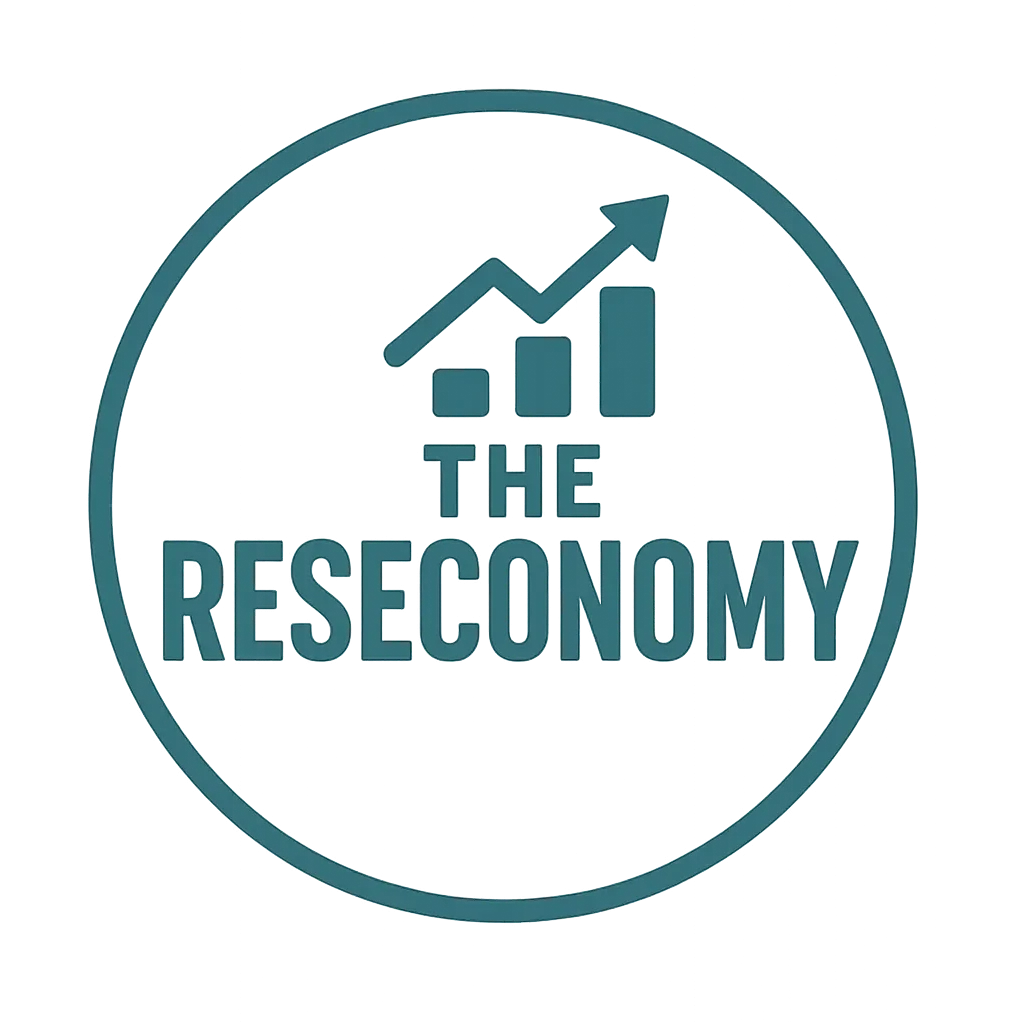The rigid lines between “office” and “home” have blurred, perhaps permanently. The future of work isn’t purely remote, nor is it a full return to pre-pandemic norms. Instead, a hybrid model – a flexible blend of in-office and remote work – is emerging as the dominant paradigm. This offers a wealth of opportunities for both employees and organizations, but it also presents unique challenges for leaders navigating this new terrain.
Leading hybrid teams effectively requires a conscious and adaptable approach. It’s not simply about managing two separate groups; it’s about fostering a cohesive and productive environment where everyone feels connected, engaged, and empowered, regardless of their physical location. This post delves into practical strategies for leaders to not only navigate but thrive in this hybrid future, focusing on the critical pillars of communication, collaboration, and culture.
Laying the Foundation: Embracing Flexibility and Trust
Before diving into specific tactics, it’s crucial to establish a foundational mindset shift: embracing flexibility and cultivating trust. Hybrid work thrives on autonomy and the belief that employees can be productive wherever they are. Leaders must:
- Champion Flexibility: Recognize that “hybrid” isn’t one-size-fits-all. Offer employees a degree of choice and control over their work location where possible, while also establishing clear guidelines and expectations for in-office presence when necessary.
- Build a Culture of Trust: Resist the urge to micromanage remote employees. Focus on outcomes and results rather than constant surveillance. Trust your team members to manage their time and deliver effectively, regardless of their location.
- Establish Clear Policies and Expectations: Define clear guidelines around remote work, in-office days, communication protocols, and technology usage. Transparency and clarity prevent confusion and ensure everyone is on the same page.
Communication in a Hybrid World: Bridging the Distance
Effective communication is the lifeblood of any team, and it becomes even more critical in a hybrid setting. Leaders must be intentional about fostering clear, consistent, and inclusive communication:
- Embrace Asynchronous Communication: Recognize that not everyone will be online simultaneously. Utilize tools and strategies that support asynchronous communication, such as detailed project management platforms, shared documents with clear version control, and thoughtful email practices.
- Master Synchronous Communication: Schedule regular team meetings and one-on-ones, utilizing video conferencing tools to foster face-to-face interaction and build rapport. Be mindful of time zone differences and offer flexibility in meeting times when necessary.
- Establish Clear Communication Channels: Define which channels are best suited for different types of communication (e.g., Slack for quick updates, email for formal announcements, video calls for discussions). Ensure everyone understands and adheres to these guidelines.
- Practice Inclusive Communication: Be mindful of ensuring that remote team members are not left out of important conversations or decisions. Actively solicit their input during meetings and provide clear summaries of discussions and action items.
- Over-Communicate Intentionally: In the early stages of a hybrid transition, it’s better to over-communicate than under-communicate. Provide frequent updates, reiterate key information, and proactively address potential questions or concerns.
Collaboration Without Borders: Fostering Connection and Teamwork
Maintaining a strong sense of collaboration across dispersed teams requires intentional effort and the right tools:
- Leverage Collaborative Technologies: Utilize project management software, shared online workspaces, and collaborative document editing tools to enable seamless teamwork regardless of location.
- Create Shared Virtual Spaces: Establish virtual “water coolers” or informal online channels where team members can connect on a more personal level, fostering camaraderie and reducing feelings of isolation.
- Design Inclusive Meetings and Brainstorming Sessions: Implement strategies to ensure that both in-office and remote participants have equal opportunities to contribute during meetings and brainstorming sessions. This might involve using virtual whiteboards, polling tools, and structured participation protocols.
- Encourage Cross-Location Collaboration: Intentionally create opportunities for team members from different locations to work together on projects, fostering understanding and breaking down potential silos.
- Facilitate In-Person Connection: When possible and appropriate, organize in-person team gatherings, workshops, or social events to strengthen bonds and build personal relationships.
Cultivating a Hybrid Culture: Maintaining Cohesion and Engagement
Perhaps the most significant challenge in a hybrid model is maintaining a strong and cohesive organizational culture. Leaders must be proactive in nurturing a sense of belonging and shared identity:
- Be Intentional About Culture Building: Don’t assume culture will organically translate to a hybrid environment. Actively plan and implement initiatives that reinforce your company values and foster connection across locations.
- Create Shared Experiences (Virtual and In-Person): Organize virtual team-building activities, online social events, and, when feasible, in-person gatherings to create shared experiences and strengthen team bonds.
- Recognize and Celebrate Contributions Equally: Ensure that the achievements and contributions of both remote and in-office team members are recognized and celebrated fairly and publicly.
- Promote Psychological Safety: Create an environment where all team members feel comfortable speaking up, sharing ideas, and raising concerns, regardless of their location.
- Lead by Example: As a leader, model the behaviors and communication styles that you expect from your team in a hybrid setting. Be visible and accessible to everyone, regardless of their location.
- Solicit Feedback and Adapt: Regularly seek feedback from your team members about their experiences with the hybrid model and be willing to adapt your strategies based on their input. The future of work is not static, and continuous learning and adaptation are key.
The Hybrid Advantage: Embracing the Best of Both Worlds
Leading hybrid teams effectively is an ongoing journey, but the potential rewards are significant. By embracing flexibility, fostering trust, and implementing intentional strategies for communication, collaboration, and culture, leaders can unlock the unique advantages of a hybrid model: increased employee satisfaction and retention, access to a wider talent pool, and enhanced organizational agility. The future of work is hybrid – are you ready to lead the way?
What are your biggest challenges or successes in leading hybrid teams? Share your experiences and insights in the comments below!
